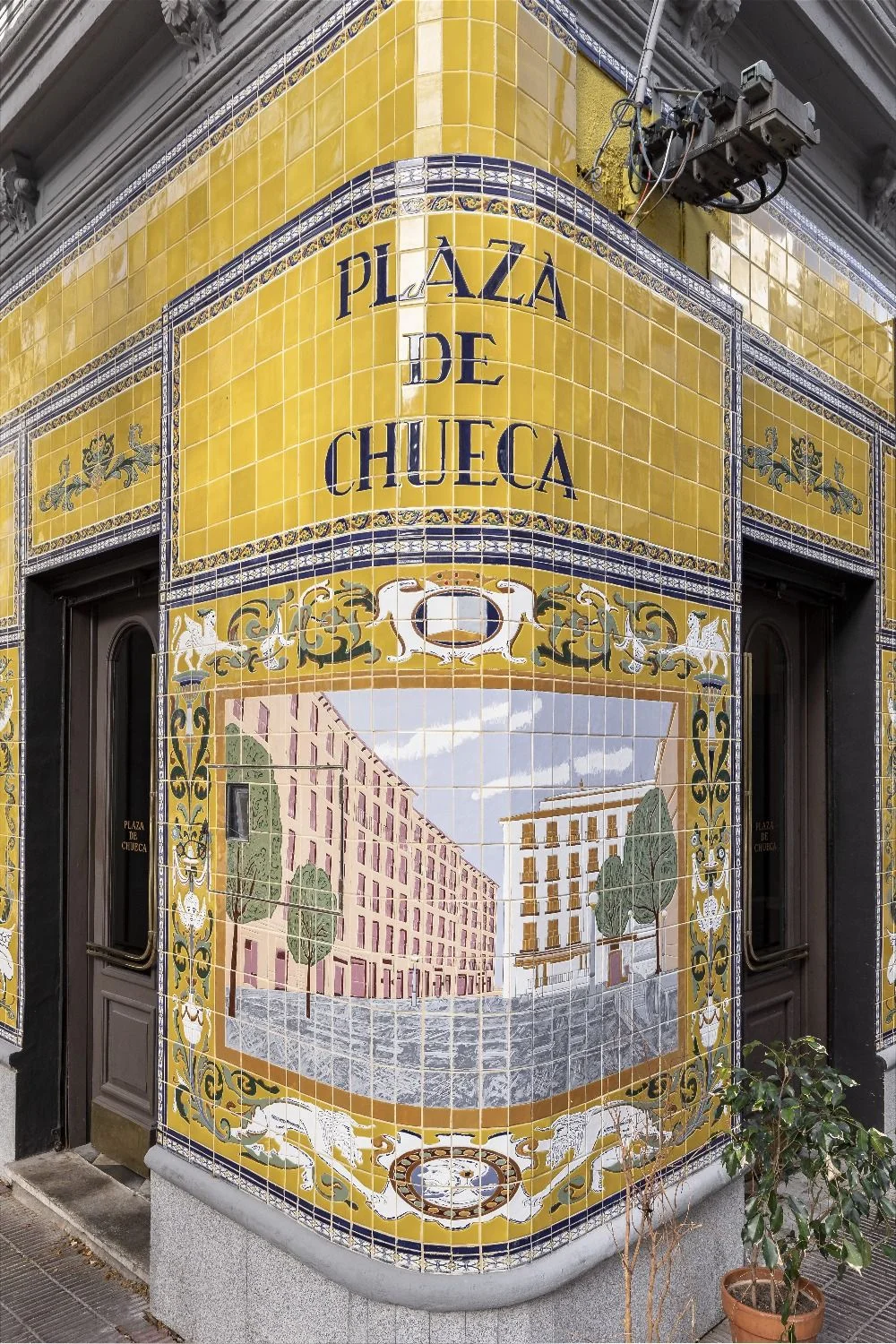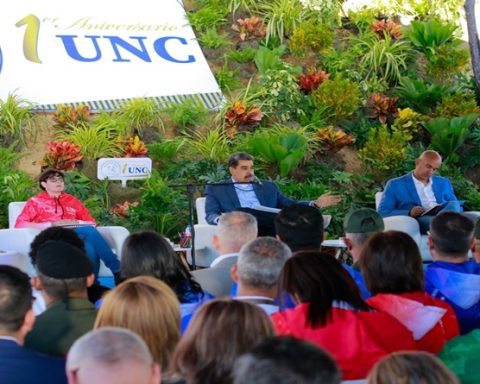It is the corner of a bar with red plastic tables, an umbrella with advertising and white garden chairs, it was like that for decades and it could continue to be so, but the truth is that its competitors are no longer the same as they were before. The post-pandemic accentuated a trend that in recent years gained international relevance and was already present in Uruguay, that of brands with their own stamp.
Achieving a brand identity in architecture is not easy, but if it is achieved it is the key to success. This is confirmed by Ernesto Figueroa, director of Estudio Toro Arquitectos—an architecture studio specialized in gastronomic and commercial establishments—.
The health emergency forced commercial premises to go out looking for the client, now it is not enough that the offer exists, it has to be attractive. Differentiating yourself is not an easy thing and that is why investors leave their design in the hands of specialized companies and, with it, a share of their success.
Tomás Varela, director of CartelUp recalls that his company began working in signage but seeing the demand from companies to differentiate themselves, they began to specialize more and more in construction through carpentry to achieve more complete projects tailored to clients.
“What we are seeing is that there are many Argentines who want to find their identity here.they give us a reference (of a place that already exists) but they always aim to be better”, he says and has no doubts that there is more competition in the business.
At Estudio Toro they help build the brand identity through the analysis of the target audience, thinking about how to optimize the space to understand a brand through architecture, “so that when you see a brand store you recognize it”, explains the director from Studio Toro.
“Before in Uruguay you put together three tables and three chairs and set up a place, not today. Now there is a brand impact, People want to feel comfortable in a seat, they want to have enough space to charge their cell phones, be in a pleasant space, and take a photo for Instagram. It matters more and more how that concept is brought to reality”highlights Figueroa.
In fact, his study is not characterized by having a particular style “we have a work methodology that makes the project enter the study, that it is executed in a timely manner, that it has the best cost optimization and that it is a project that can be sell more”, affirms the creator of Estudio Toro.

cartelup
The Hard Rock Cafe design by CartelUp
The investment to carry out this local identity will depend on the client’s need. “They can spend US$2,000 or US$100,000,” says Varela. Some also already come with the identity created as is the case of the mythical Hard Rock Café in which CartelUp worked. In other cases they also advise them to arrive at the best design.
The most emblematic example of Studio Toro is Plaza de Chueca, a Uruguayan firm with five stores that has the Spanish style impregnated in its DNA.. “Its facades are hand-painted, it has a special perfume, the music is Spanish; it’s an experience and when you go you know you’re in Plaza de Chueca, and that makes a difference from any other place.”
At the other extreme, Figueroa evokes the example of breweries that once they became fashionable “were all the same”, which meant that the client also did not remember if he had gone to one or the other. “When you go to a gastronomic venue, you don’t have to forget it and the experience is no longer just the food, it’s everything,” emphasizes the director of Estudio Toro.

Studio Bull
The exterior of Plaza de Chueca by Studio Toro
To achieve the best experience, a comfortable environment must be created that includes aspects such as heating, lighting or sound (for example, placing panels under the tables to absorb the sound of conversations)..
If all this is achieved and a truly unique experience is built, architecture specialists agree that it will have a direct impact on the cash register of businesses.
The post-pandemic impact
For the references in architecture and design, the pandemic was a before and after in the image of gastronomic establishments. “From one day to the next, all the projects related to gastronomy stopped, but a month later they all called again to continue,” says Figueroa. This led to a push by the sector and the effect of the isolation was felt when once the health emergency ended, the premises began to fill up more and more in a boom, especially gastronomy, that persists to this day.
For the director of CartelUp, there is no doubt that the pandemic changed everything. “In my field I never saw Uruguay so well”assures Varela and confirms that this growth is sustained to this day and contributes to the fact that this phenomenon also occurs in commercial premises and in shopping malls.
















